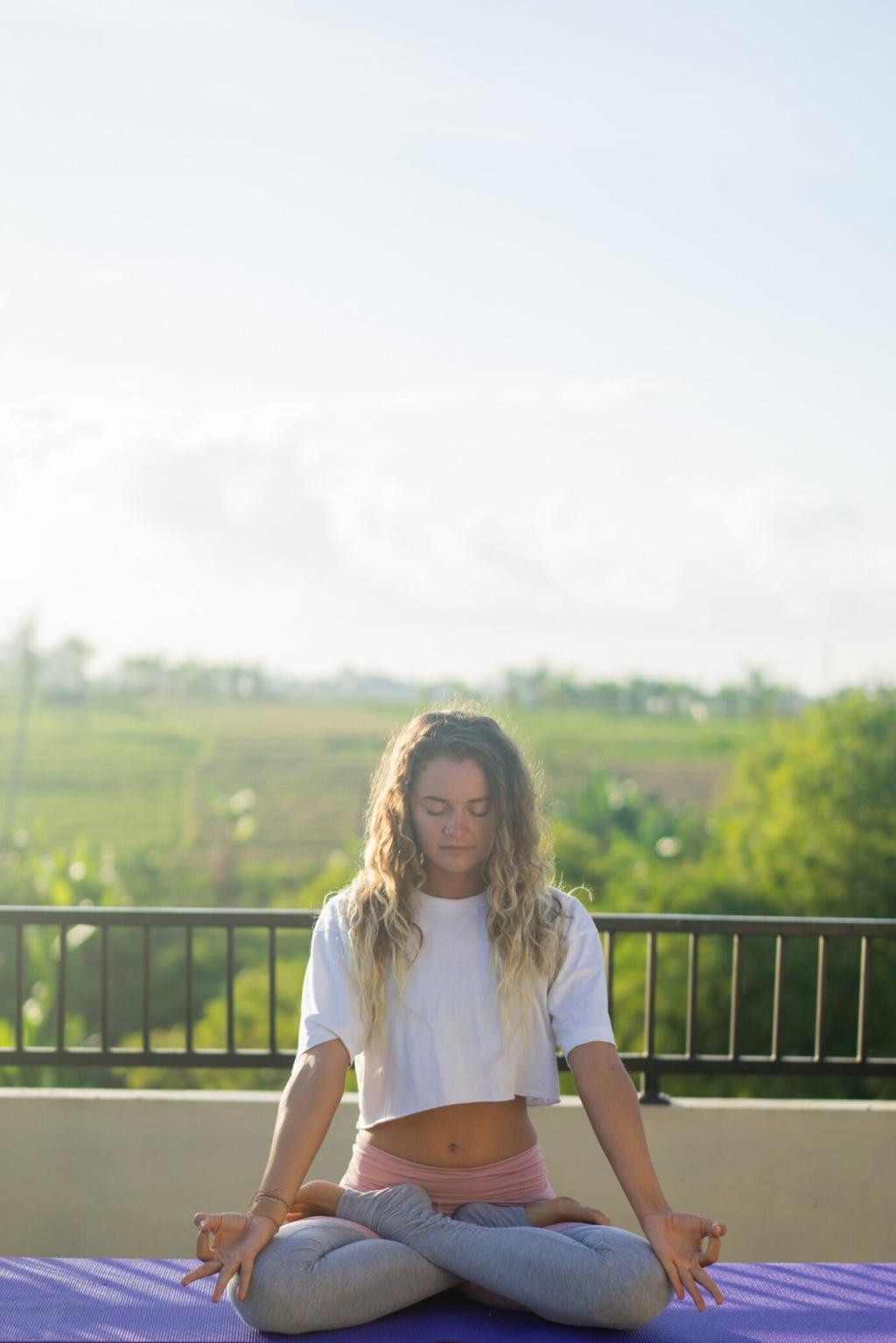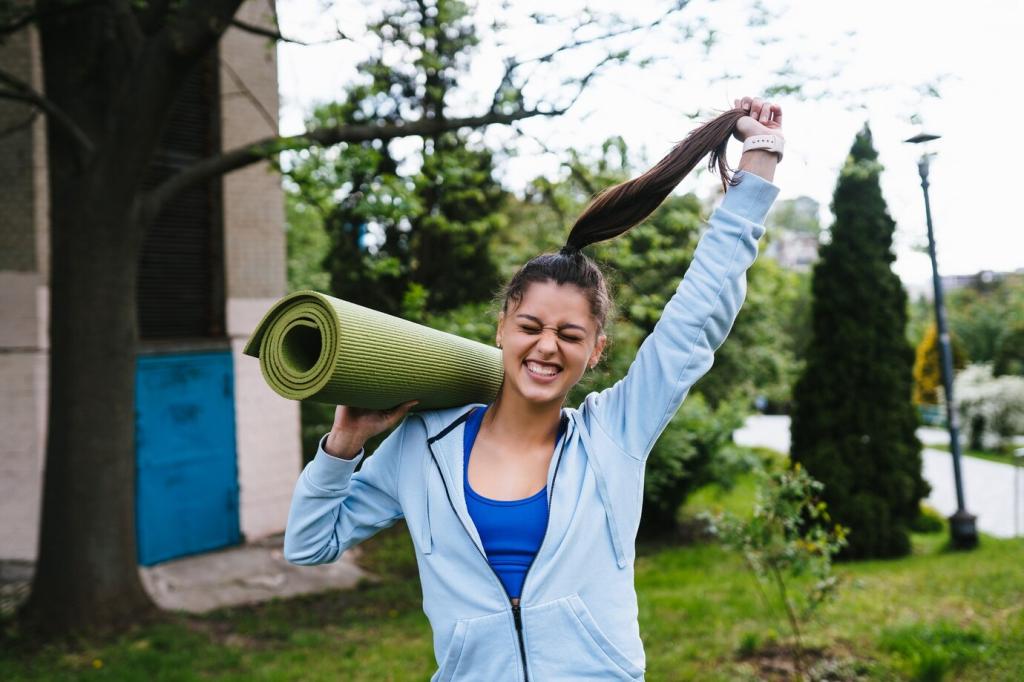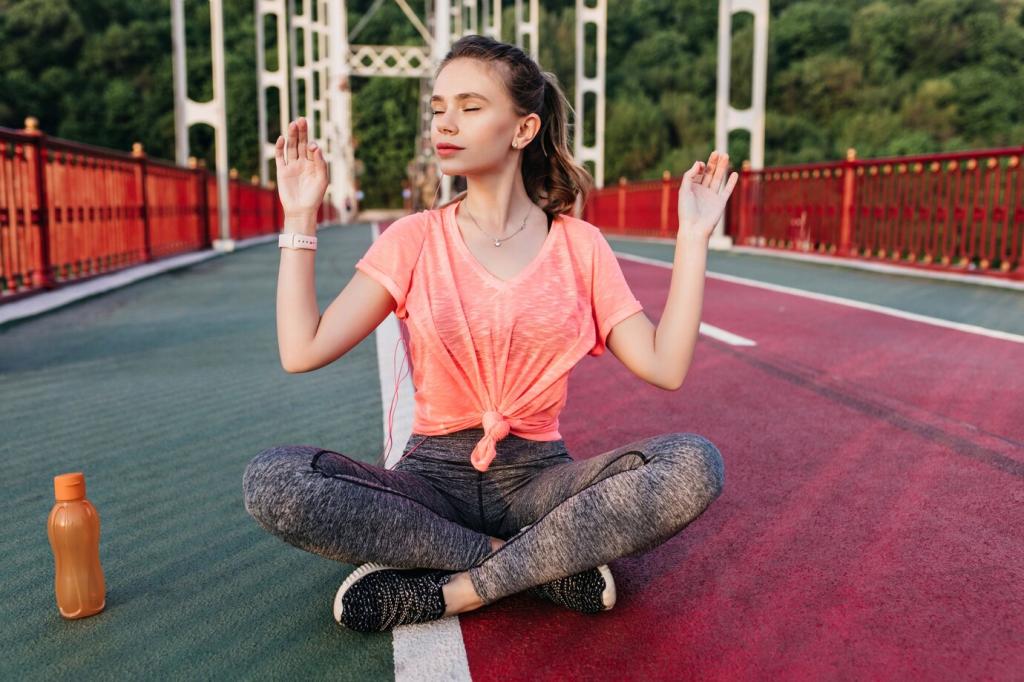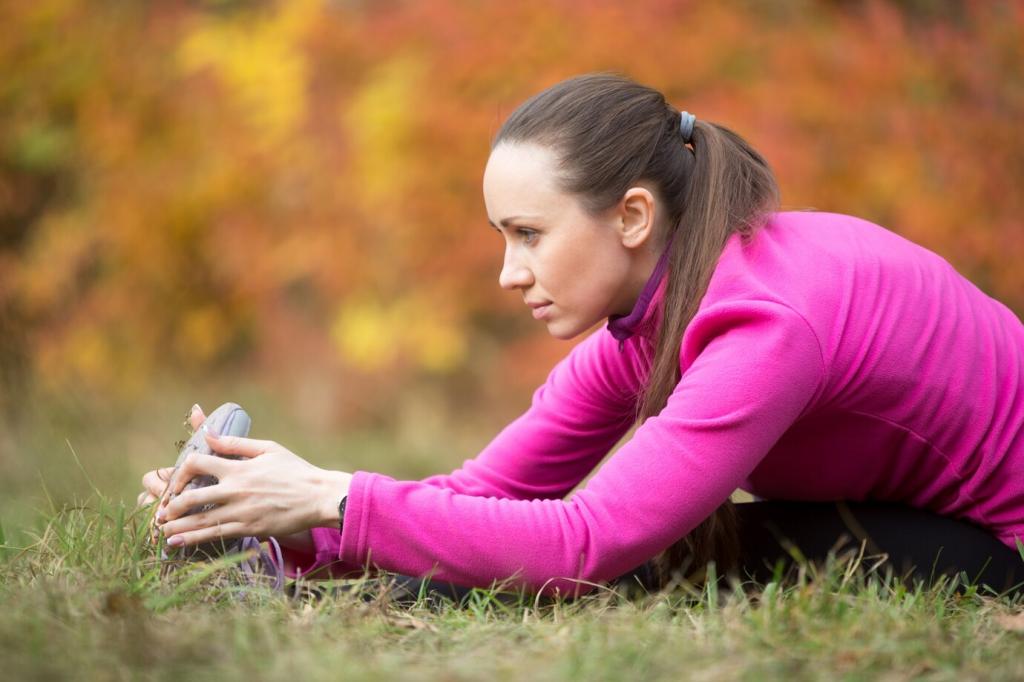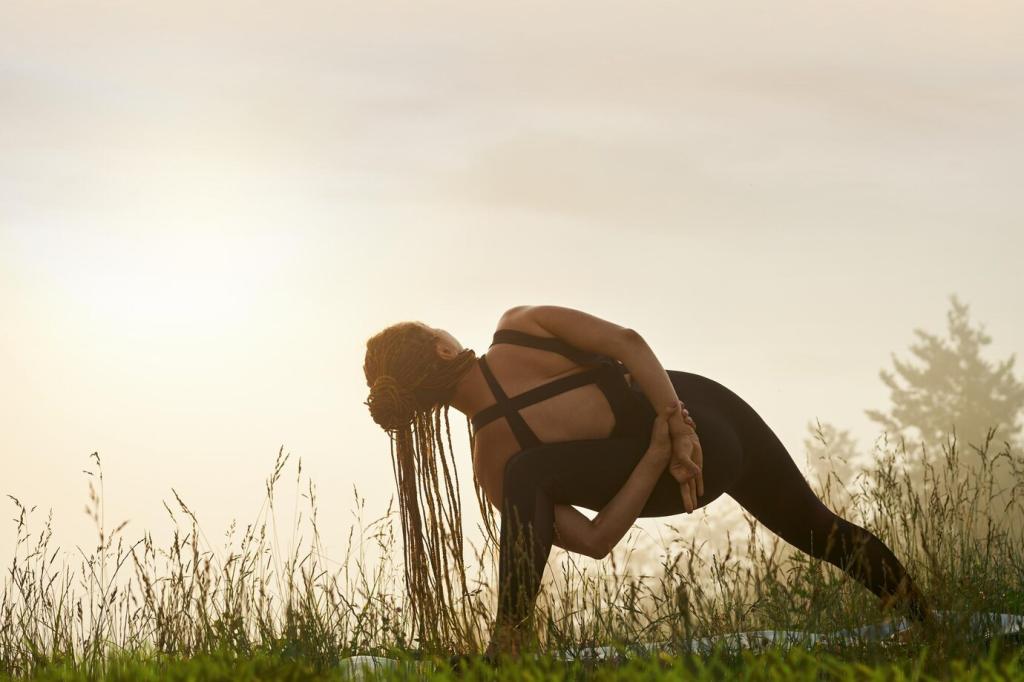Asana Sequences That Soothe
Child’s Pose, Seated Forward Fold, and Reclined Bound Angle gently downshift stimulation. Use a blanket under hips and breathe into your back ribs. Which pose helps you feel most contained and supported?
Asana Sequences That Soothe
Legs-Up-the-Wall and Supported Bridge can reduce tension with minimal effort. Props amplify the nervous system’s sense of safety. Post a photo of your cozy setup to inspire someone’s evening unwind ritual.

